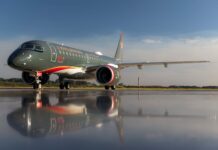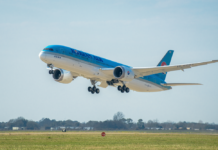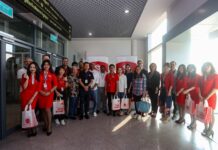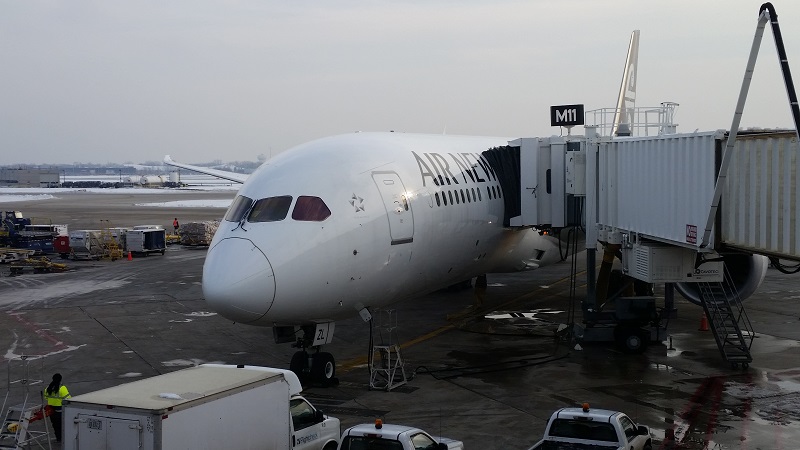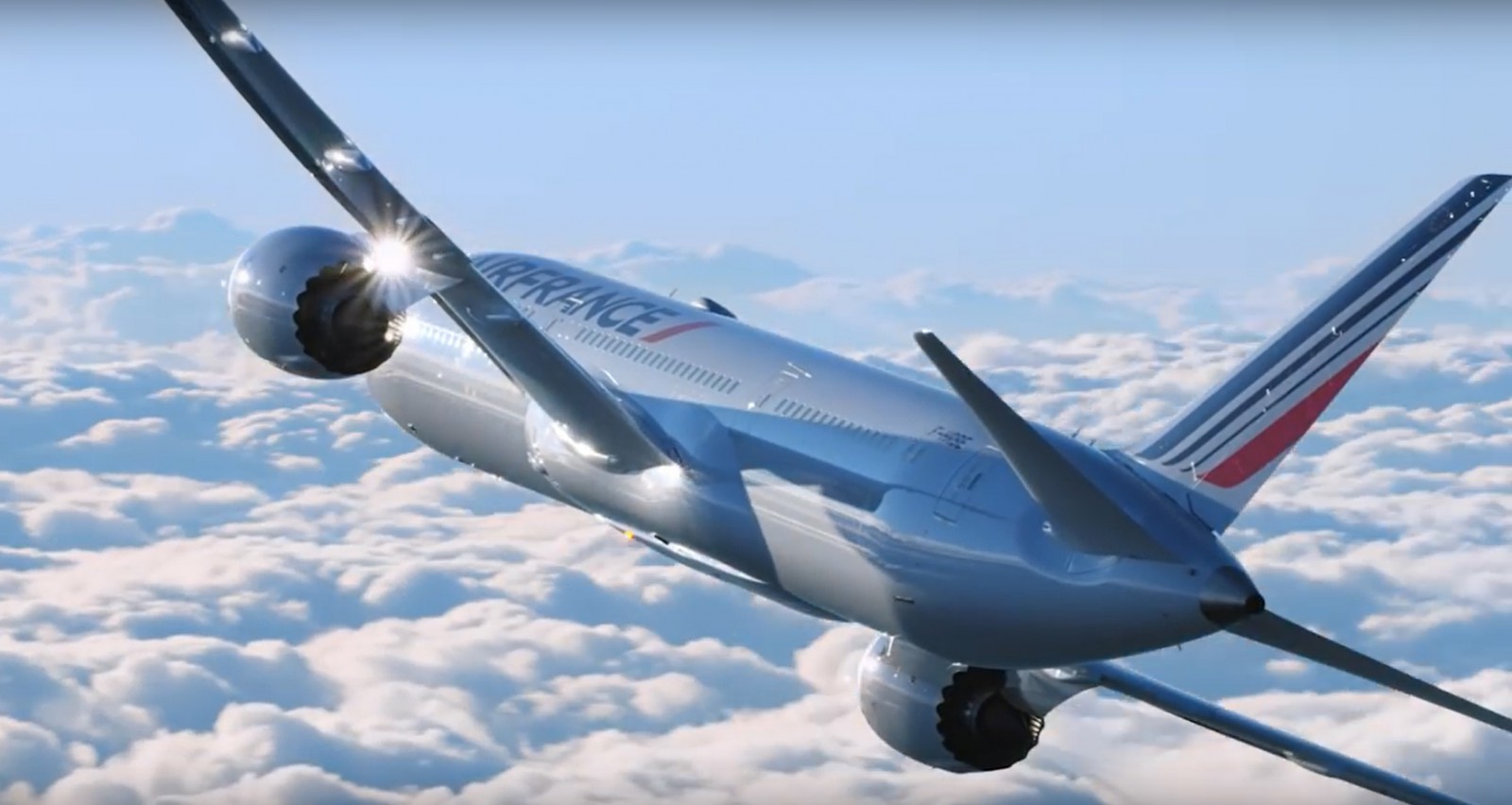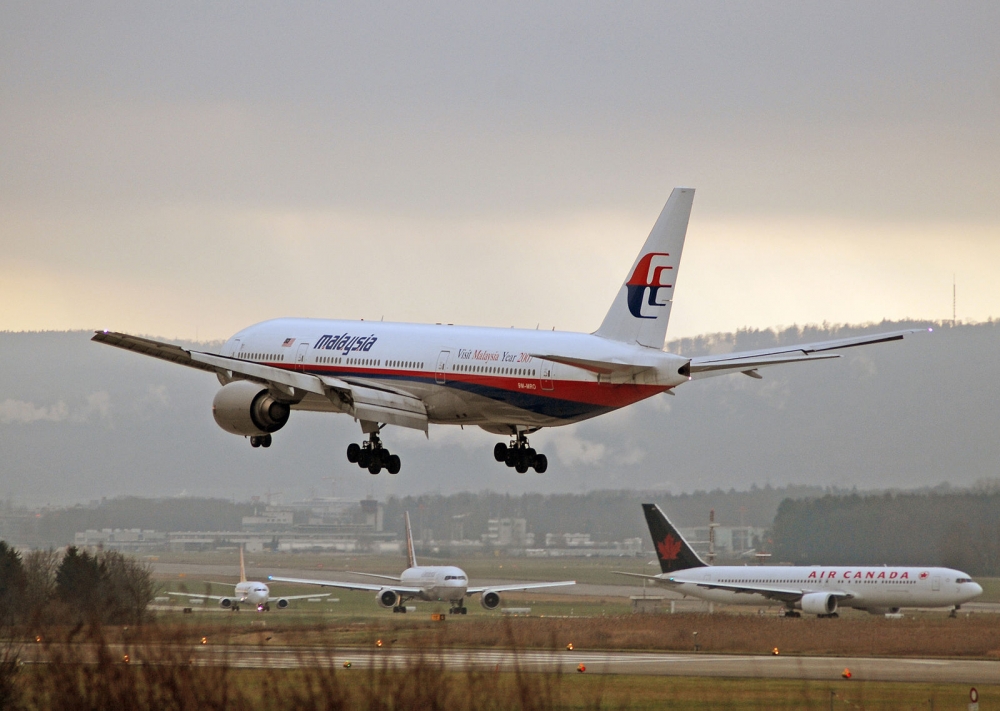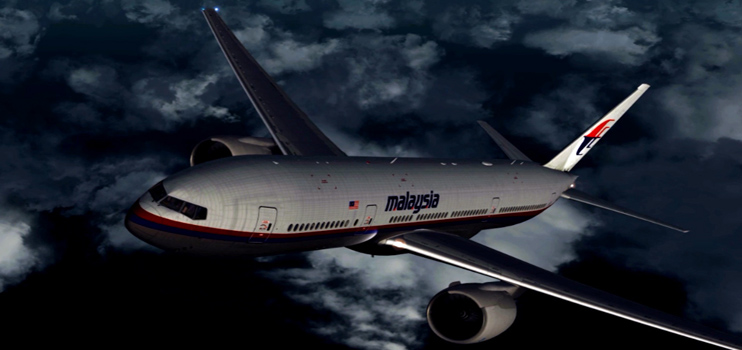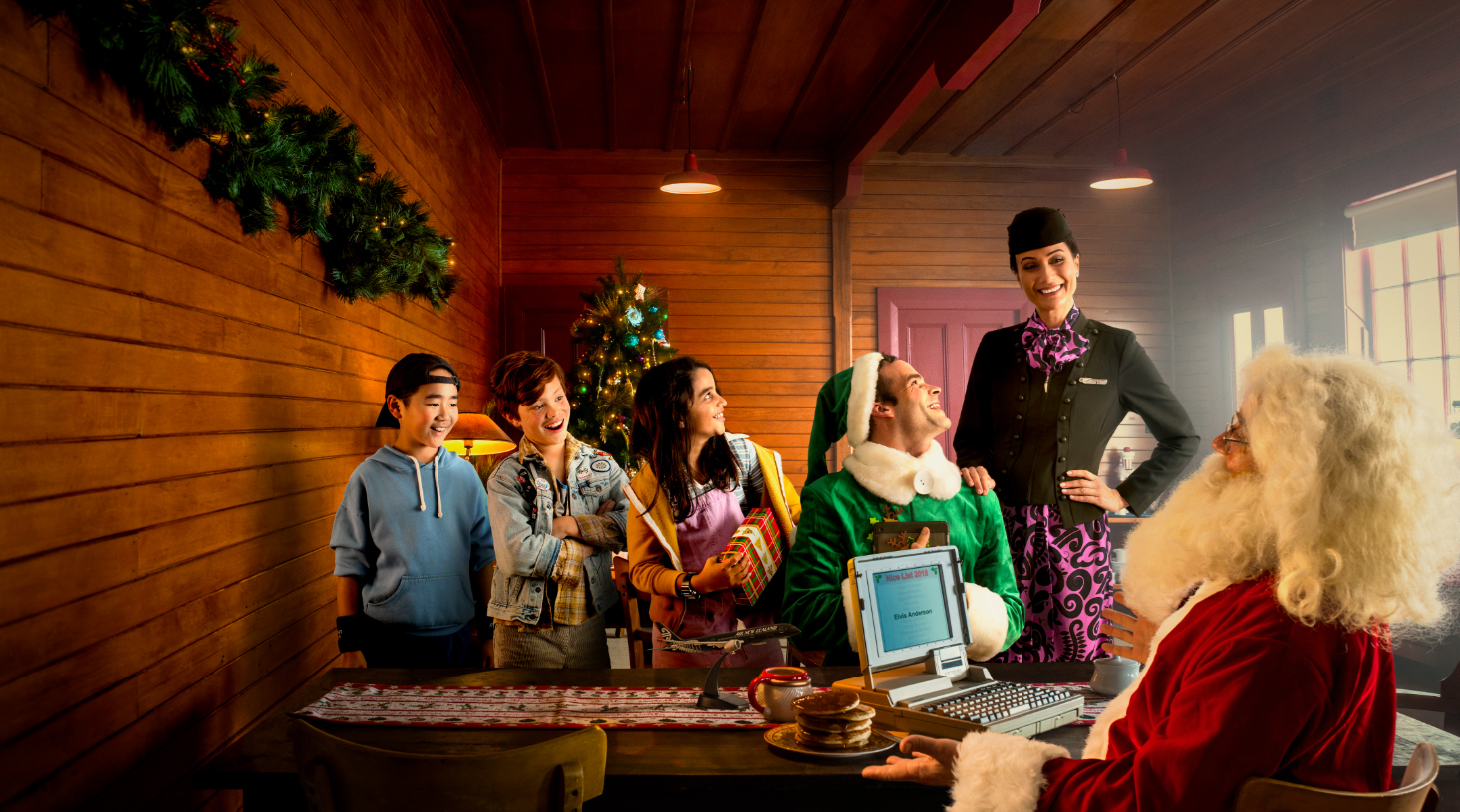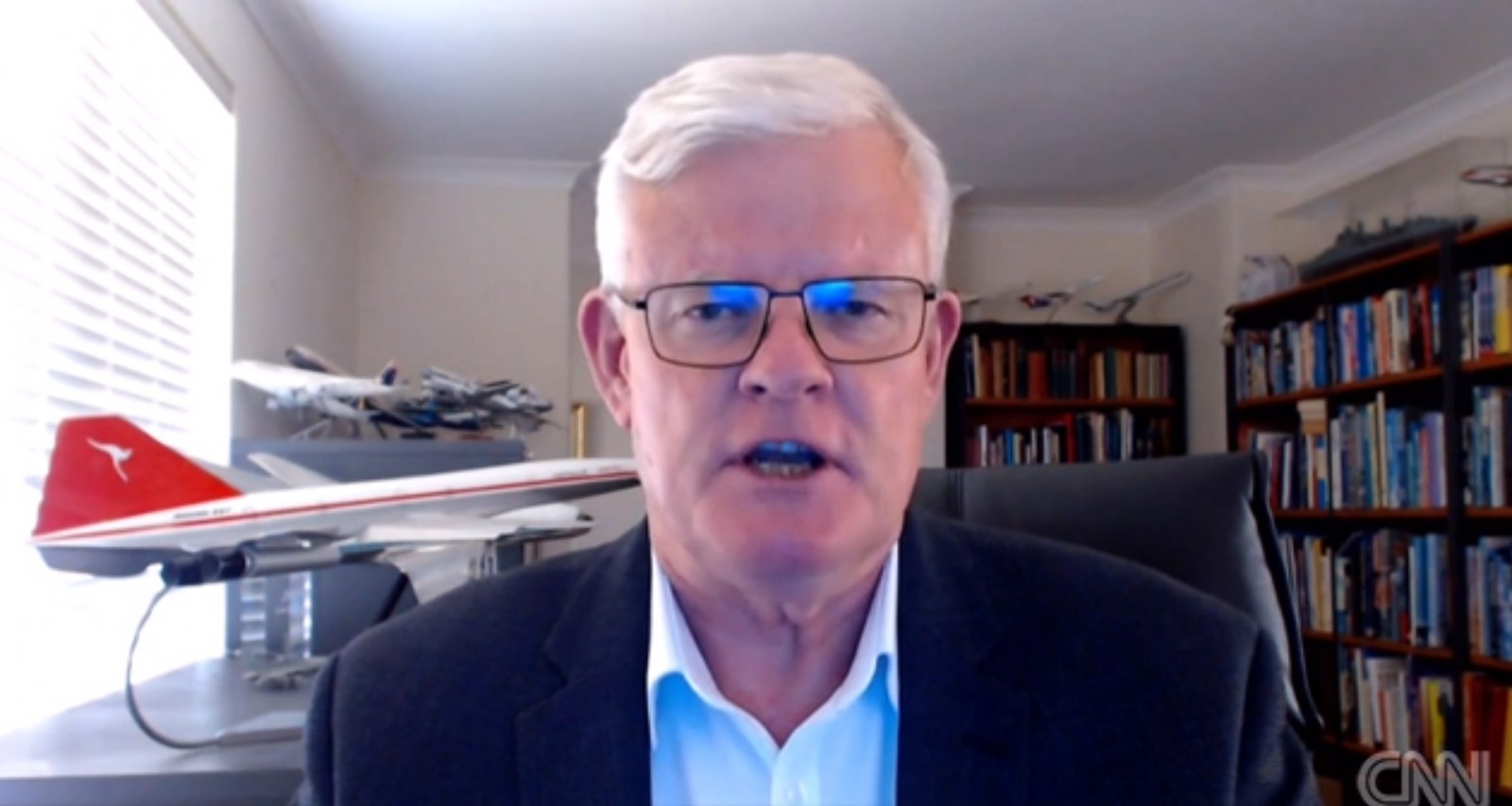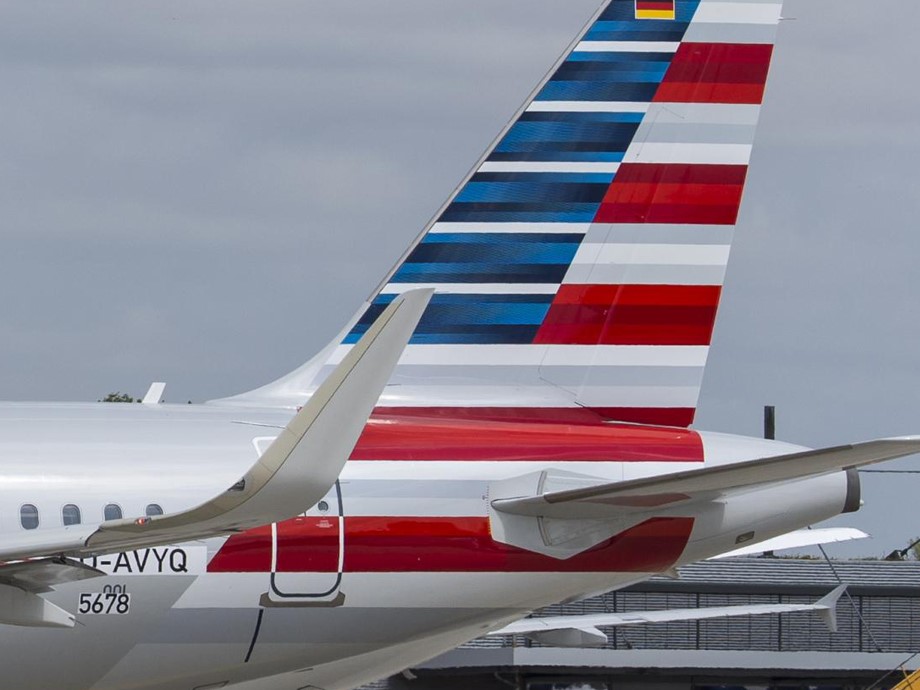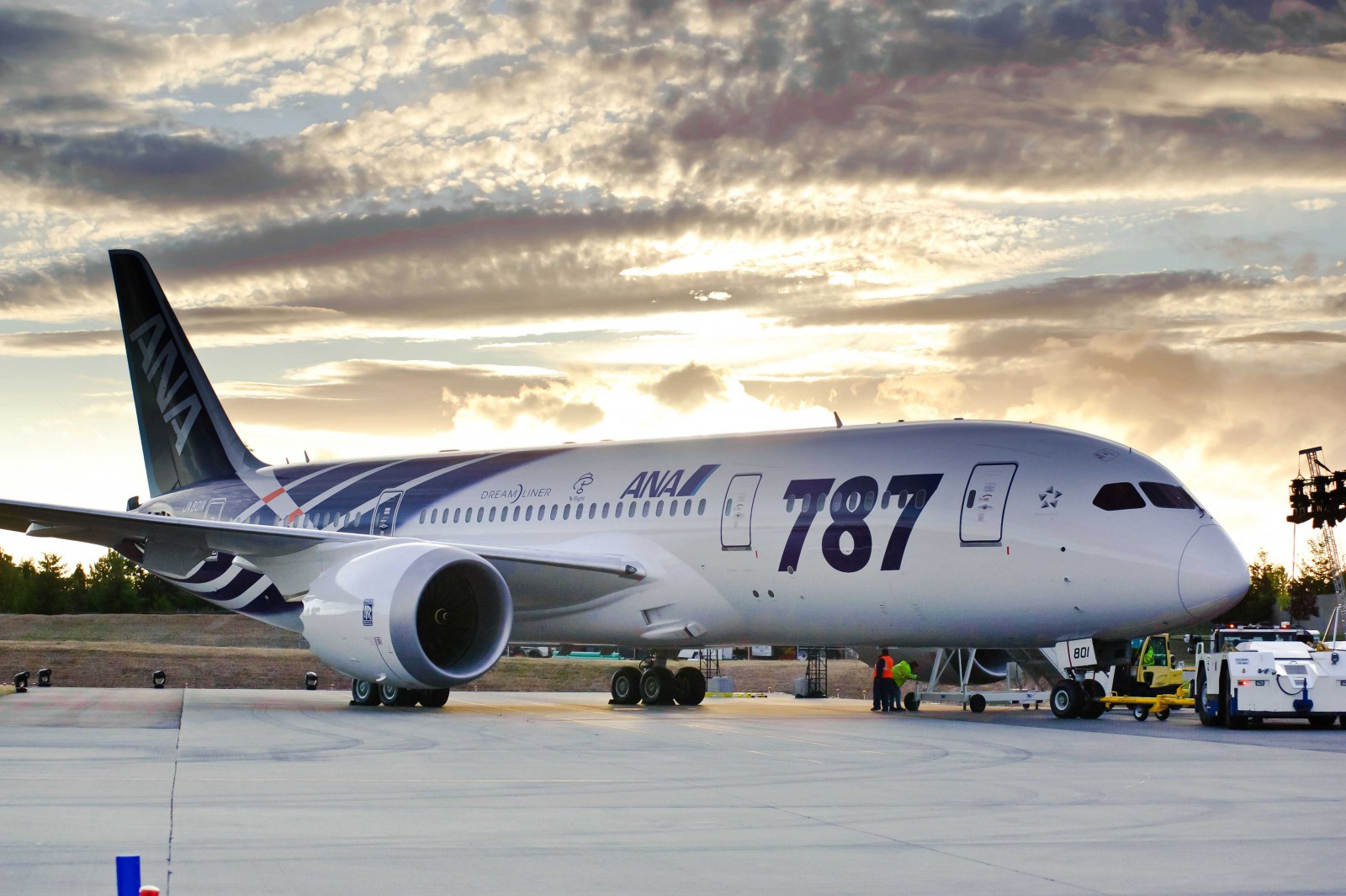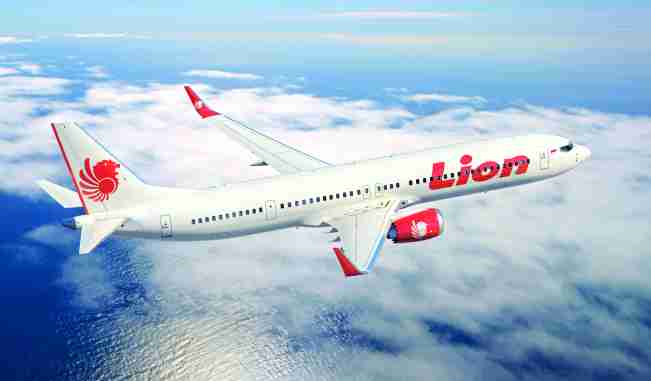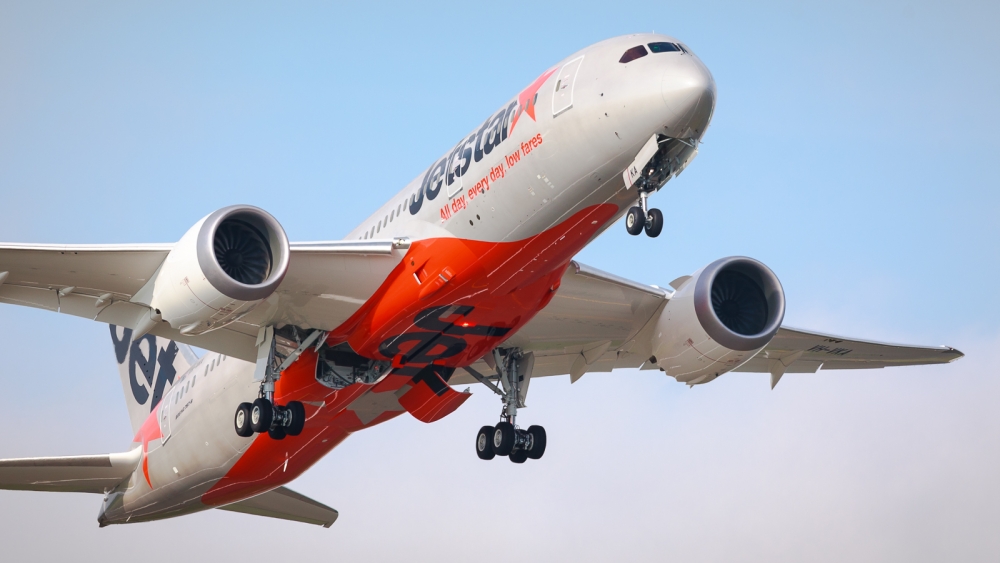Air New Zealand’s first ultra-long-haul route to Chicago arrived almost an hour early on Friday, demonstrating to residents of the Windy City that Australasia is closer than they think.
The Boeing 787-9 rode the jet stream to finish the trip in just over 14 hours instead of almost 15 hours. It achieved the time savings through user preferred routes that allow it to optimize its oceanic flights to take advantage of airflows.
It was still enjoying 160kmh tailwinds as it approached Chicago.
“Essentially the Jetstream is a fast-moving body of air and obviously we like to harness that where we can to make the flight go a lot faster,’’ said first officer Al Hanley. “It’s more efficient for us as well.’’
Bookings are ahead of expectations on the three-times-weekly service and Air New Zealand chief revenue officer Cam Wallace says the airline’s aspiration is to move quickly to a daily service.
“I’m not going to put a timeline on that, but our aspiration is to get to daily as quickly as possible and the initial bookings are better than we anticipated,’’ he said.
READ: Air New Zealand’s Christmas video delights again.
Wallace said the airline is particularly pleased with its sales in Chicago, which are running at about 65 percent of the US total.
“Our expectation when we did the modeling is that we’d have more about 50 percent so we’re really encouraged by the bookings,’’ he said. “We want to get to more service, more quickly because clearly, that makes it a more efficient operation with crew and things like that.”
Chief executive Christopher Luxon is also confident in the future of the route and the airline’s US strategy as a whole.

The route is not only Air New Zealand’s longest but also the longest from Chicago’s O’Hare International Airport.
Chicago is the Kiwi carrier’s sixth destination in North America and Luxon believes there is still plenty of untapped potential. It already flies to Los Angeles, San Francisco, Hawaii, Vancouver and Houston.
He said about 34 million Americans wanted to visit New Zealand and many wanted to go to Australia as well.
“Last year we had about 341,000 that actually came – it grew about 7 percent – so it’s probably our third or fourth biggest market,’’ he said.
“But the upshot is there still a lot of opportunity sitting there with 34 million people who do research on New Zealand, understand what’s there and have it on their wish list.
“The biggest problem they have is their perception of distance and when we actually research them, many of them tell us they think it’s 41 hours to get here.
“So they obviously have a very poor sense of geography but that perceived barrier of actually coming is what gets in the way.”
Luxon lived in Chicago for six years and knows the city well. There is a catchment of about 10 million people in the Greater Chicago area and it is a mega-hub for close Air New Zealand alliance partner, United Airlines.
This means that people coming in from Australia and New Zealand can easily find a flight to New York and other US cities on the eastern seaboard as well as Canadian destinations such as Toronto and Montreal.
For Australians, the connection from Sydney is quick and seamless and the first person to book on the flight was a Sydney-sider. Connection time is about two hours for the Boeing 777-200 Sydney-Auckland morning service that allows premium customers to travel on business premier or in premium economy all the way through.
Perth is also a widebody market for Air New Zealand offering consistent product all the way.
The 275-seat 787-9 flying the route is a code 2 aircraft with an expanded business class (27 seats) in a herringbone 1-1 -1 configuration and premium economy (33 seats) in a 2-3-2 layout. The economy cabin is 3-3-3.
It also had the newer TEN Rolls-Royce 1000 engines rather than the troublesome Package C engines that have prompted AirNZ and other airlines worldwide to ground planes.
The service has other obvious pluses for antipodeans: it allows them to avoid security bottlenecks in Los Angeles and gives them AirNZ’s award-winning product through to Chicago.
AirNZ has been successfully marketing its Pacific Rim strategy to Aussies for some time and 40 percent of its traffic to Buenos Aries and about 30 percent of its traffic to Houston comes from Australia.
Wallace believes at least 20 percent of traffic on the route will come from Australia, while Luxon says it could be as high as 25 to 30 percent.
“We think the access works not just for Sydney but for South Australia, Perth and Victoria as well,’’ Wallace said. “We believe this is the most convenient way for Australians to get there and we also in think in terms of the stage length of the journey, (Auckland) works quite well in terms of the connecting point.”
Luxon is also pleased the route appears to be striking a chord with Americans.
“What we’re finding, even more so than we thought, is there’s actually very strong point-to-point traffic between Chicago and Auckland starting to build already, Luxon said.
“So the good news is it’s going really well. We’re off to a great start and we’re ahead of our business case from the get-go, which is fantastic.”
That’s important for New Zealand, according to Tourism Minister Kelvin Davis, who was also on the inaugural flight and is keen to strengthen tourism links between the two countries.
Davis said Americans visiting New Zealand spent $NZ1.3 billion in 2017 and this was projected to grow to $NZ2.3 billion by 2024. The US is also New Zealand’s fourth biggest trading partner and one its largest source of direct investment.
And with 60 percent of Americans traveling outside peak seasons, Davis said the new route would spread the tourism benefits across the year.
“The more links we have with each other, the more opportunities there are for business travel and for people-to-people connections,’’ Davis said.
Steve Creedy traveled to Chicago courtesy of Air New Zealand.


